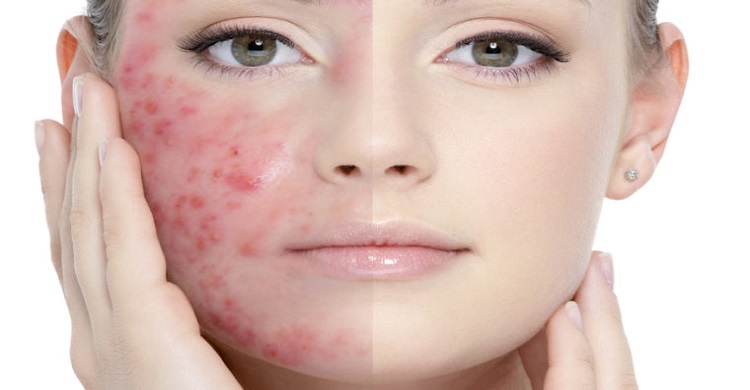Removal of Burns/Scars
Burns can occur when a person's skin touches something too hot, gets scalded with boiling water, is overexposed to the sun, certain chemicals, or even electricity. During the healing process, scars often form. Scars, which are areas of thick, discolored skin, often develop after damaged skin causes cells to die. The body produces a protein called collagen to repair the damaged skin, which leads to a scarBurn scars can be large or small depending on how much of the skin is damaged. The severity of the burn will determine whether these scars will fade or remain permanently visible.
Types of burn scars
The likelihood and severity of getting a burn depend on how long a person is exposed to the heat as well as its intensity. Burns are classified depending on how much of the skin they affect:
First-Degree
First-degree burns damage the outer layer of the skin (the epidermis) and cause redness and pain. They usually heal within 6 days without scarring the skin.
Second-Degree
Second-degree burns affect both the epidermis and the layer under the skin (the dermis). As well as pain and redness, people with second-degree burns may experience blisters. These burns may take 2 to 3 weeks to heal and are more likely to scar
Third-Degree
Third-degree burns are the most severe. They damage the top two layers of skin but may also damage the bones and tendons and can affect nerve endings. People with third-degree burns may also notice their skin turn white or black. These types of burns can take a long time to heal and are likely to produce a scar
Removing burn scars
Burn scar being treated with ointment. Silicone gel can be applied to a burn scar to promote healing. Quick treatment and proper wound care is often the best way to prevent or minimize the appearance of scars.Once a scar has already formed, a person can reduce the appearance of the scar by:
Applying a silicone gel
Research shows that this can help to reduce the appearance of existing scars, including reducing the size, stiffness, and redness .
Be wary of over-the-counter scar removal products
The effectiveness of such products is often untested.
Protecting the area from the sun
Ultraviolet rays from the sun can cause the scars to turn a darker color and become more noticeable. The American Academy of Dermatology (AAD) recommend that people wear protective clothing and sunscreen of SPF 30 or above.
Complications
The majority of minor burns will heal without causing any further problems and do not require medical care. More severe burns need medical management, may leave scars, and carry a higher risk of complications, such as:
- Contractures
- Muscle and Tissue Damage
- Self-esteem and emotional issues
- Infection
- Dehydration
- Low Body Temperature

